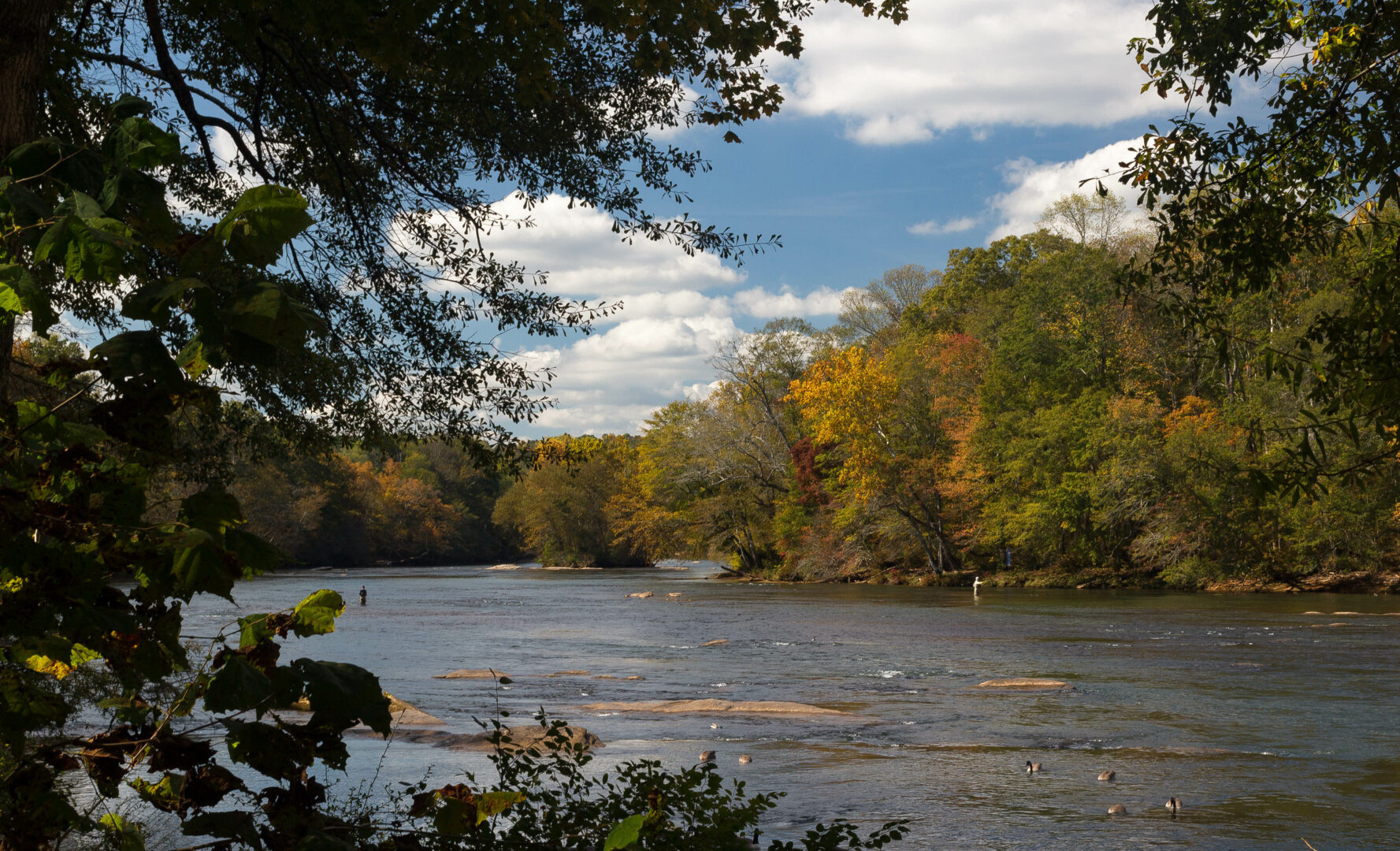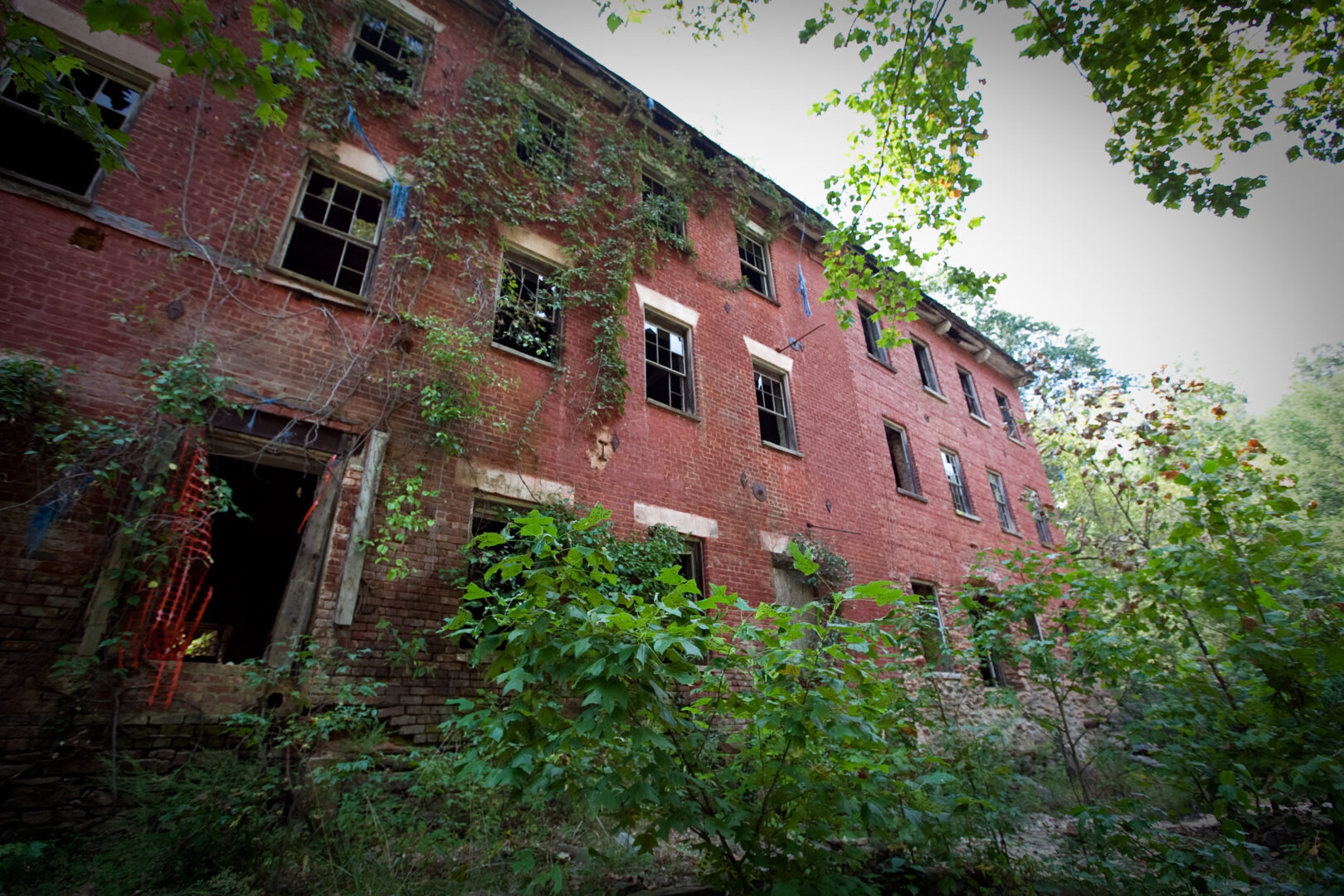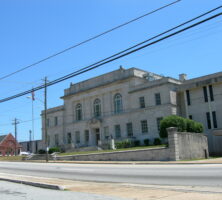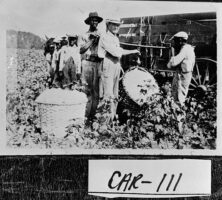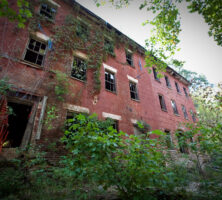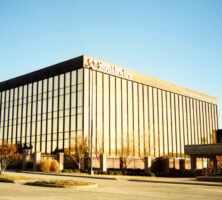Carroll County was established by an act of the state legislature on June 9, 1825. It was named for Charles Carroll of Carrollton, Maryland, the last living signer of the Declaration of Independence.
At the time of its creation, Carroll County was the thirty-first of Georgia’s thirty-two original counties. The original Carroll County was a very large triangular area extending from Alabama on the west to the Chattahoochee River on the east and south. The northern boundary of the county was the Cherokee Nation. Eventually parts of five other counties—Campbell (now defunct), Douglas, Haralson, Heard, and Troup—were taken from the original Carroll County.
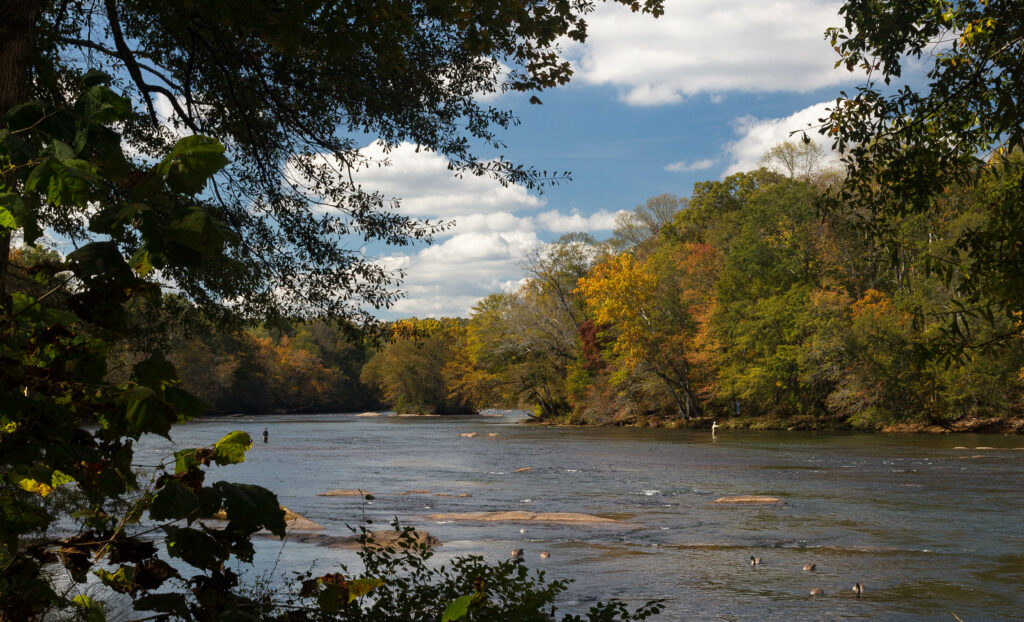
All of Carroll County had been Creek Indian land signed away in the Treaty of Indian Springs in 1825 by a group of chiefs headed by William McIntosh. For this act McIntosh was murdered by a faction of his own people. Chief McIntosh’s home was located in present-day Carroll County along the Chattahoochee River. Much of McIntosh’s personal land, known since 1825 as the McIntosh Reserve, is today a county park.
The county seat was originally located at Old Carrollton, in the eastern part of the county near the community of Sand Hill. In 1829 the current site was selected, and the name Troupsville was suggested by the inhabitants. The legislature was controlled by opponents of former Georgia governor George Troup,however, and they gave the county seat the name Carrollton.
During its first few years Carroll County was truly frontier territory. A band of horse thieves called the Pony Club for a time dominated local affairs through both fear and control of local government. Honest citizens, known locally as “Slicks,” were finally able to band together and drive the Pony Club out of the county.
In 1830 gold was discovered at Pine Mountain, a short distance north of the future site of Villa Rica. By 1832 several hundred men were employed annually in the mines, and mining contributed greatly to the local economy. By 1860, however, the gold had largely played out, and mining no longer plays a role in the economy of the county.
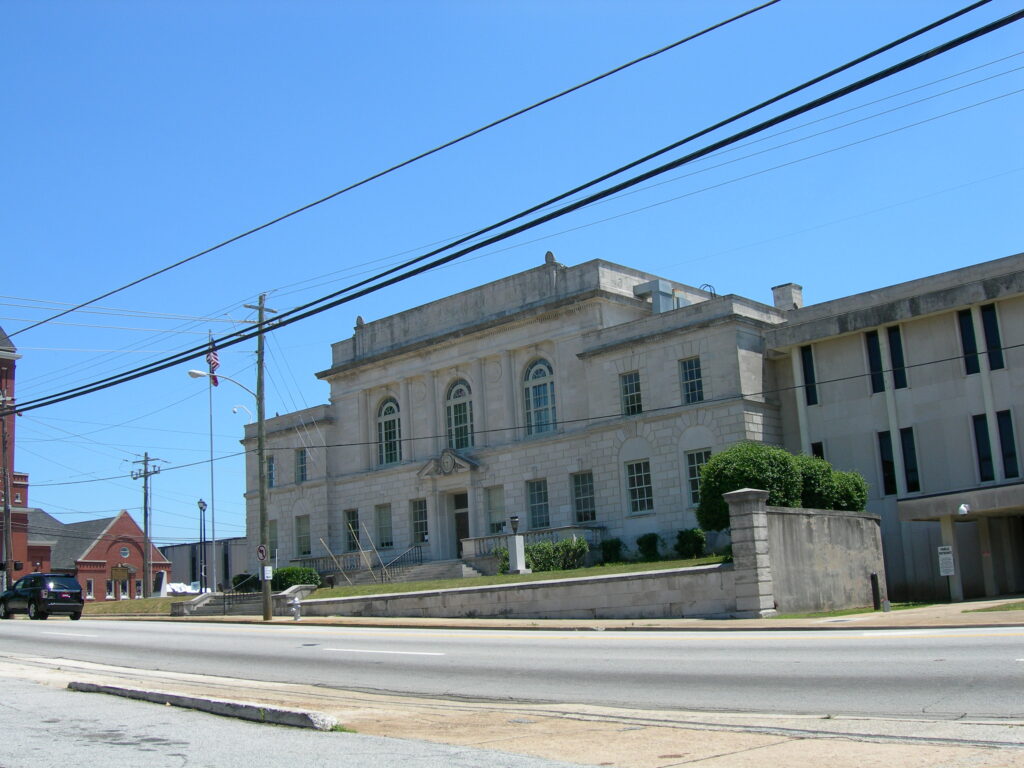
By 1860 Carroll County was beginning to leave the frontier period behind. A new brick courthouse had just been completed and grading had begun for a railroad connecting the county with Newnan, in Coweta County. Also, with the seventh-largest white population in the state, Carroll County was starting to exert some influence in state politics. Ezekiel S. Candler from Villa Rica had earlier served as Georgia’s comptroller general, and in 1860 Ahaz Boggess was elected surveyor general of Georgia.
During the Civil War (1861-65) Carroll County sent more men into the Confederate army than any other county in the state except Chatham County (according to the records of salt rations distributed to soldiers’ families), despite the strong Unionist leanings of many of the county’s residents. Although there was no significant fighting in Carroll County, many soldiers never returned, dying from disease or wounds on battlefields as far away as Kentucky and Virginia. At home the war left many widows and orphans, and a lot of farms had fallen into disrepair.
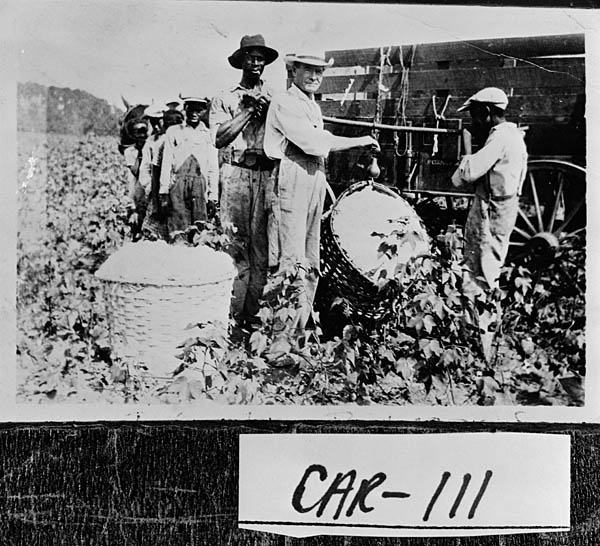
Carroll County recovered, and by the end of the century it was one of the leading cotton-producing counties in the state. During the early twentieth century Carroll County led the state in cotton production on several occasions, including 1928, 1929, 1932, and 1938. During most of the twentieth century Carroll County, always the domain of the yeoman farmer, also led the state in number of farms. In 1954 Carroll County had 3,155 farms, its closest rival being Colquitt County, with 2,678 farms.
Heavy manufacturing came to Carroll County in the 1840s, when the Bowen brothers established a textile mill on Snake Creek at Banning, near what is now the town of Whitesburg. Under the Bowens and later owners William Amis and Arthur Hutcheson, this factory offered an alternative to agricultural employment. By 1890 Mandeville Mills at Carrollton was also offering textile work to local residents and soon eclipsed the older mill at Banning. Mandeville Mills closed in 1953, but by that time Southwire Company had been created to manufacture copper wire and wire-related products. From 1978 until 2001 Sony Music (originally CBS Records) operated the largest recorded-music manufacturing plant in the world at Carrollton. Although the company ceased its manufacturing operations in the county in 2001, its warehousing and distribution operations are still active. In 2002 Wal-Mart opened a huge distribution center just north of Carrollton as headquarters for its online ordering business.
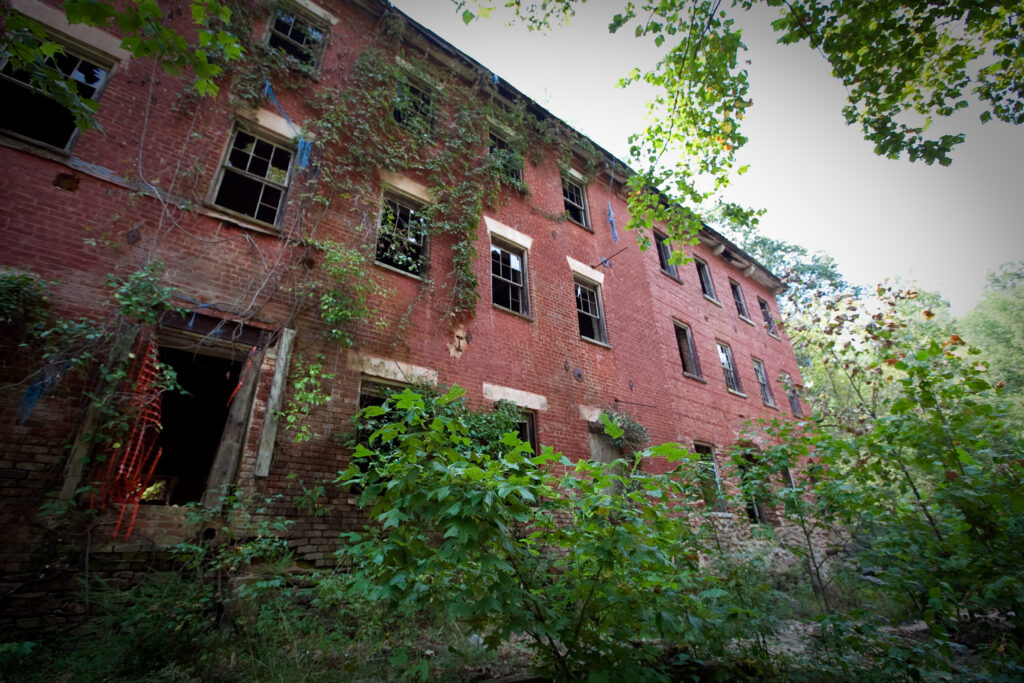
The town of Bowdon early led the county in higher education. In 1857 the Georgia legislature chartered Bowdon College, which operated until 1936. In 1906 Carrollton became the site of the Fourth District A & M School. In 1933 the A & M became a junior college, called West Georgia College. In 1957 the institution attained senior college status and in 1996 became the State University of West Georgia. And in 2005 the name of the school changed once again, becoming the University of West Georgia.
A campus of WestGeorgia Technical College is located at Carrollton. This school began operation in 1968 as Carroll Technical Institute, and later became West Central Technical College. In July 2009 West Central Tech merged with West Georgia Tech. The college offers numerous certificate, diploma, and associate degree programs, making a large contribution to technical and adult education in Carroll and surrounding counties.
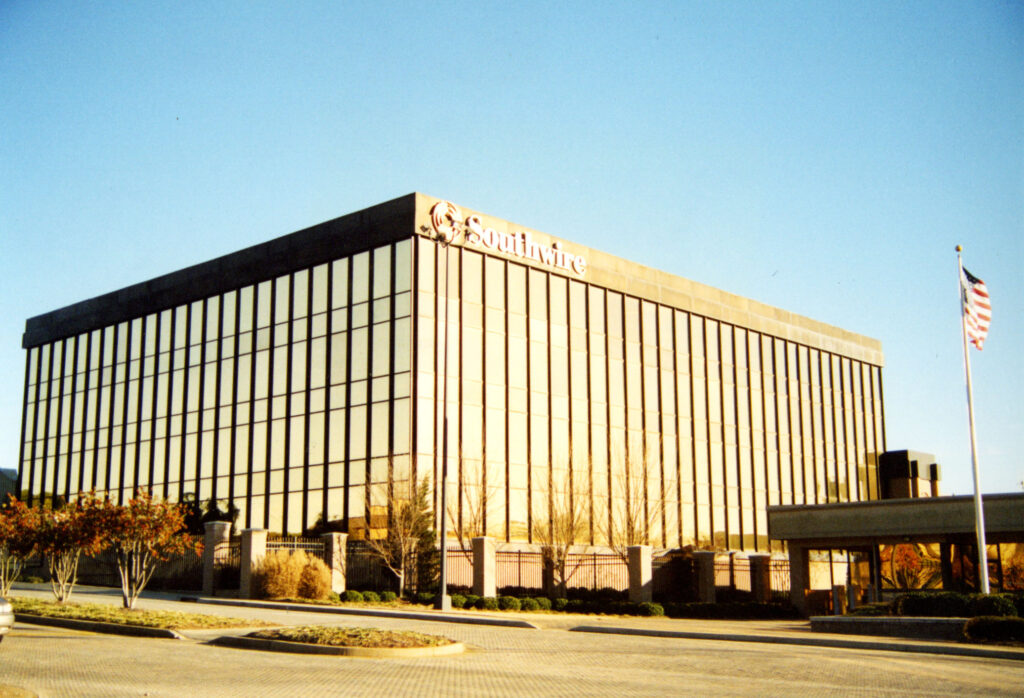
Carroll County has several incorporated towns within its boundaries—Bowdon, Carrollton, Mt. Zion, Roopville, Temple, Villa Rica, and Whitesburg. Most of the county is within an hour’s drive of Atlanta and has been experiencing rapid growth. According to the 2020 U.S. census, the county population is 119,148, an increase over the 2010 population of 110,527.
Carroll County has been home to many prominent people. Roy Richards founded Southwire and turned it into the world’s largest privately owned wire company. The actress Susan Hayward lived just north of Carrollton and is buried there. William C. Adamson served in the U.S. Congress from 1897 to 1917 and sponsored the Adamson Act, which established an eight-hour work day for interstate railroad employees. Newt Gingrich, who taught at the University of West Georgia, served in the U.S. Congress from 1979 to 1999, the last four years as Speaker of the House.





